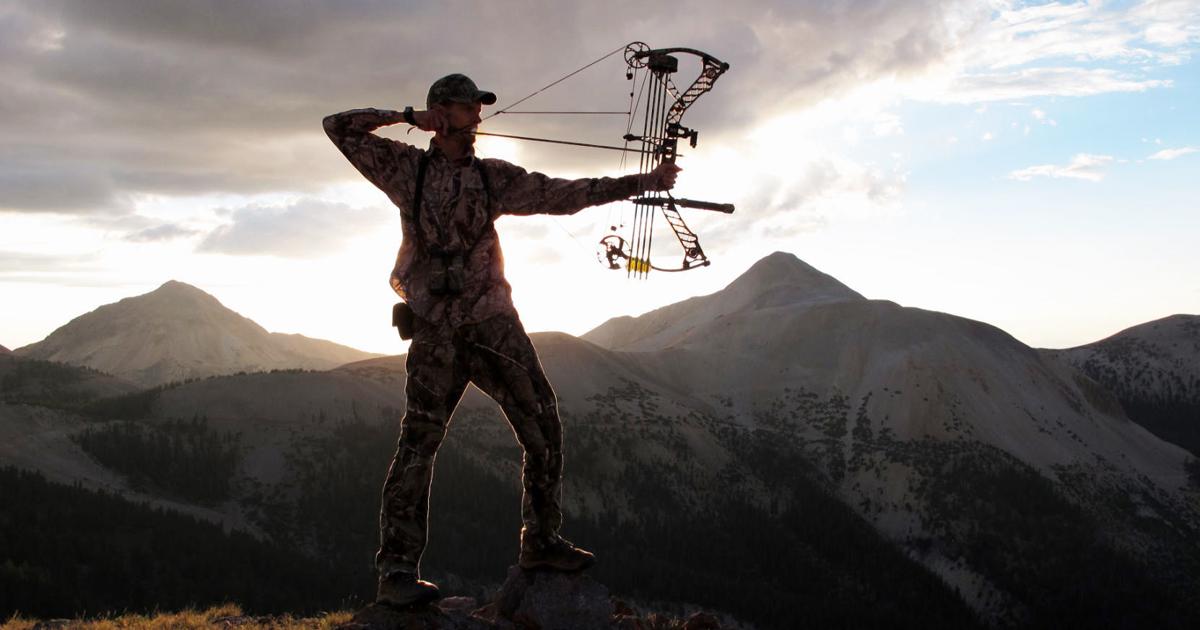the "over objective" is not biological like many think- it's social, the habitat can withstand more elk across the state (there might be a rate exception, but I'm not aware of it); landowners can not and I get that part
if the "over objective" is landowner tolerance, then there are plenty of tools in the tool chest already to reduce those numbers, reducing bull opportunity for public land hunters and replacing it with bull harvest on private land is NOT a viable way to reduce the herd number
the sad part is you have plenty of landowners that allow hunting, but enough that don't that they're throwing a wrench into the whole works; the elk "refuges" don't typically last year round and the landowner that allowed hunting gets bit in the a$$ a couple of months later when the elk decide to come off their "refuge"
if someone had the conojus they would further incentivize landowners to allow harvest- more carrot, but also decentiivize those that harbor elk part time- some stick
if the "over objective" is landowner tolerance, then there are plenty of tools in the tool chest already to reduce those numbers, reducing bull opportunity for public land hunters and replacing it with bull harvest on private land is NOT a viable way to reduce the herd number
the sad part is you have plenty of landowners that allow hunting, but enough that don't that they're throwing a wrench into the whole works; the elk "refuges" don't typically last year round and the landowner that allowed hunting gets bit in the a$$ a couple of months later when the elk decide to come off their "refuge"
if someone had the conojus they would further incentivize landowners to allow harvest- more carrot, but also decentiivize those that harbor elk part time- some stick



